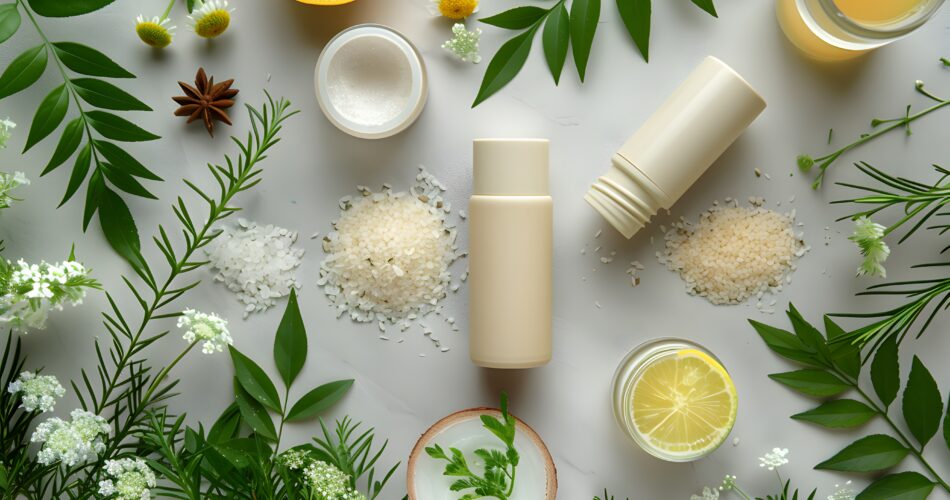Your skin deserves better. Tired of feeling like a guinea pig for the latest chemical concoction? It’s time to embrace the beauty of clean living.
What exactly is clean beauty, you ask? Think of it as a kinder, gentler way to treat your skin. It’s about ditching those synthetic ingredients that can wreak havoc on your complexion and opting for natural alternatives that nourish and protect.
Why should you care? Well, for starters, your skin is the largest organ in your body. It’s absorbing everything you put on it, so why not choose products that are good for you? Plus, clean beauty is often better for the environment too.
Understanding Synthetic Ingredients
While traditional beauty products often contain synthetic chemicals, clean beauty focuses on using natural alternatives. Some common synthetic ingredients to watch out for include:
Parabens: Preservatives that can mimic hormones and potentially disrupt the endocrine system.
Phthalates: Chemicals used to make plastics more flexible, which have been linked to reproductive issues.
Sulfates: Surfactants that can strip the skin of its natural oils and cause irritation.
Fragrance: A catch-all term that can hide a variety of chemicals, some of which may be harmful.
By avoiding these synthetic ingredients, you can reduce the risk of skin irritation, allergies, and long-term health concerns.
The Clean Beauty Checklist
When choosing clean beauty products, look for ingredients like:
Essential oils: These natural oils offer a variety of benefits, from aromatherapy to skincare. Lavender, tea tree, and rose are popular choices.
Natural extracts: Plants and botanicals like aloe vera, chamomile, and green tea provide nourishing properties for your skin.
Mineral-based makeup: This type of makeup is often made with natural minerals and is less likely to clog pores or cause irritation.
Other natural ingredients: Ingredients like shea butter, coconut oil, and beeswax offer hydration and nourishment.
Tips for Transitioning to Clean Beauty
Making the switch to clean beauty doesn’t have to be overwhelming. Here are some tips to get you started:
Start small: Begin by replacing one or two products at a time to avoid feeling overwhelmed.
Read labels: Carefully read the ingredient lists of products to identify any synthetic ingredients.
DIY beauty: Explore DIY beauty recipes using natural ingredients to create your own clean products.
Find reputable brands: Look for brands that are certified organic or use clean beauty standards.
Addressing Common Concerns
One common concern about clean beauty is the cost. While some clean beauty products may be more expensive, there are many affordable options available. Additionally, using natural ingredients can often be more cost-effective in the long run.
Another concern is the effectiveness of clean beauty products. Many people find that natural ingredients can be just as effective, if not more so, than synthetic ones. It’s important to give your skin time to adjust to new products and see the results.
Conclusion
Adopting clean beauty is a step towards a healthier lifestyle and a more sustainable future. By choosing products with natural ingredients, you can reduce your exposure to harmful chemicals and support your overall well-being. Remember, it’s a journey, not a destination. Start small, experiment, and find what works best for you.



